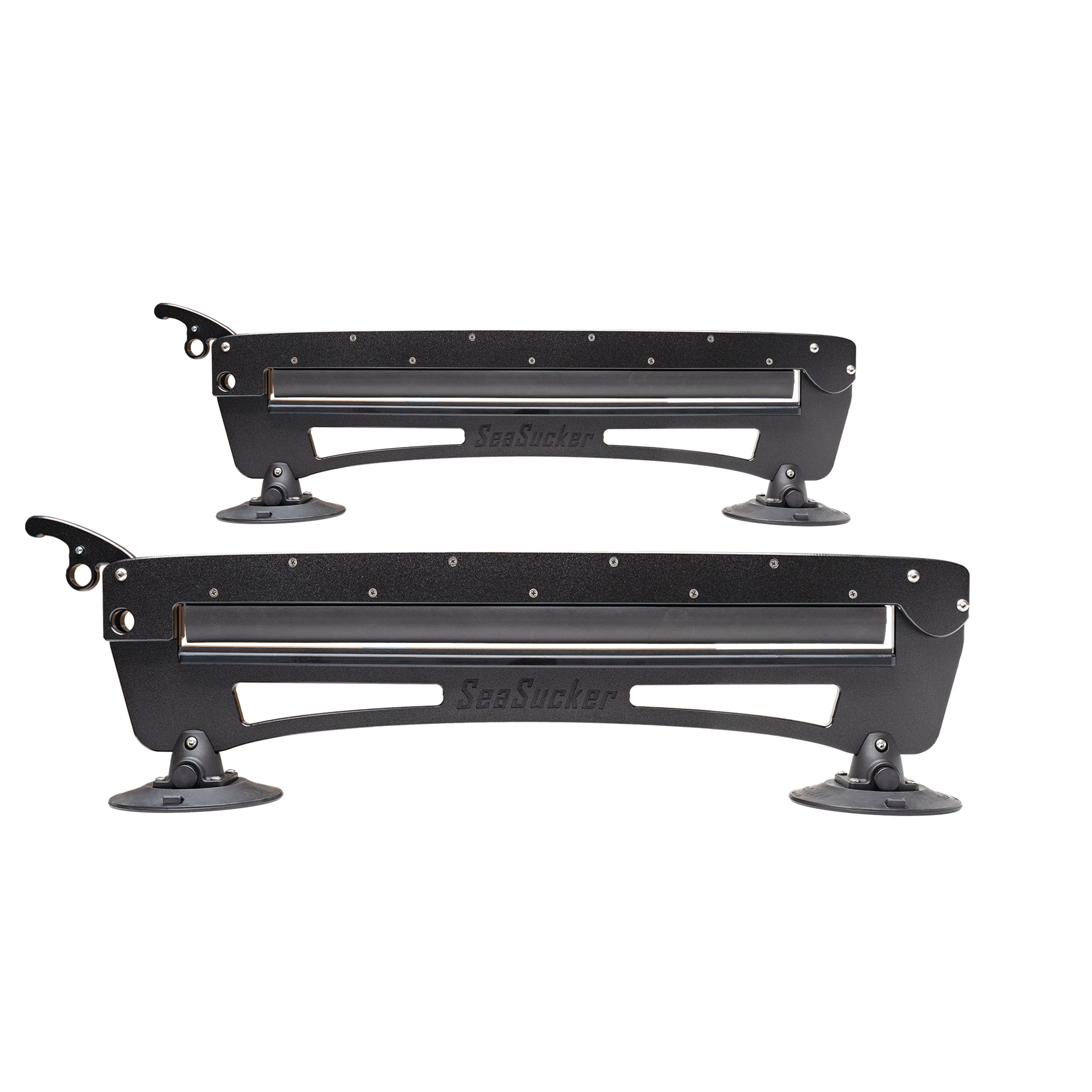arbitrage000
Active Member
Do you know which size hex bit the rack takes? Metric or imperial?Incidentally, The nut that tightens the feet to the L-bolt is different than a normal nut. It is shaped like a donut, in that you don't use a normal socket to tighten it, you need a hex wrench-type driver that fits in the donut hole- like an allen wrench that can be attached to your torque wrench (see pic)View attachment 904943. This donut design of the nut is such that if you use a hex socket that has rounded edges to tighten the nut (like in the picture), the socket will "cam out" at the proper torque. The end of the L-bolt will force the hex socket out of the hole in the nut as it is tightened, so that the edges of the hex socket will no longer have purchase on the edges of the nut. Thus, with a rounded hex socket (vs. a squared-off allen wrench) it would not be possible to over-torque. Maybe it's just my particular socket, but rounded edges seems a common feature of these hex drivers...
I’m just shopping on Amazon for a small torque wrench that goes low enough and some include a bit set but just want to make sure the size I’ll need is included in the set. Seems most of these sets are sold for bikes.
Thanks.







